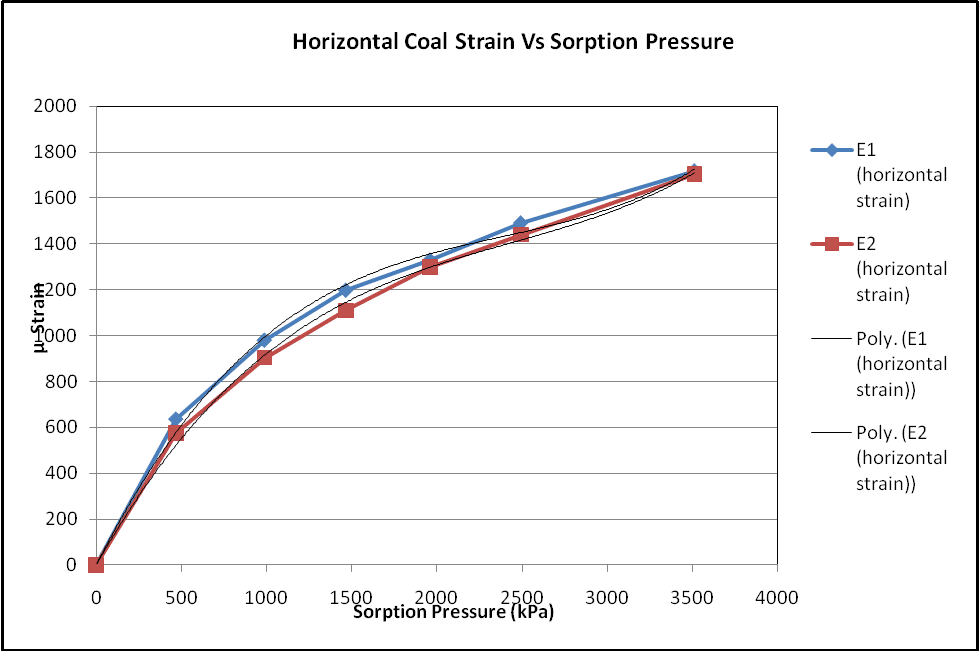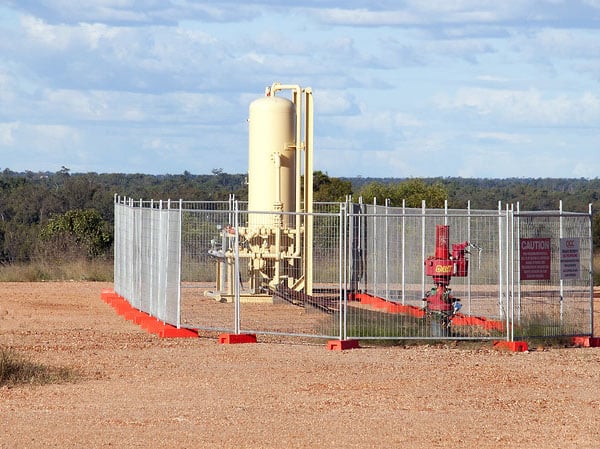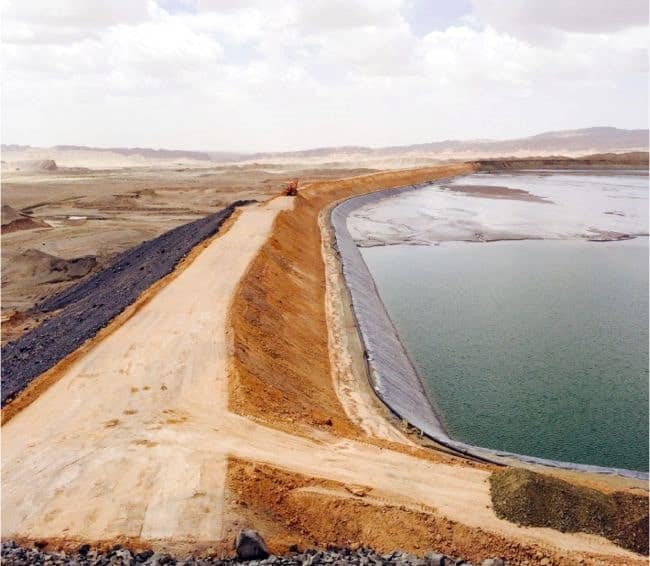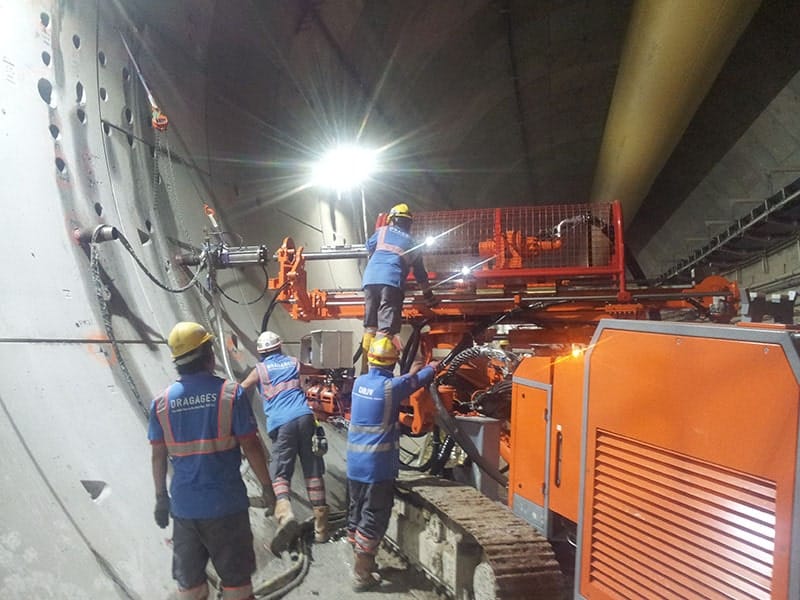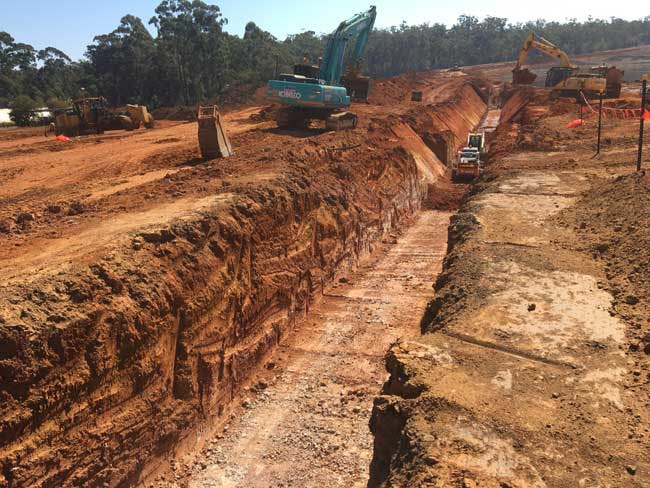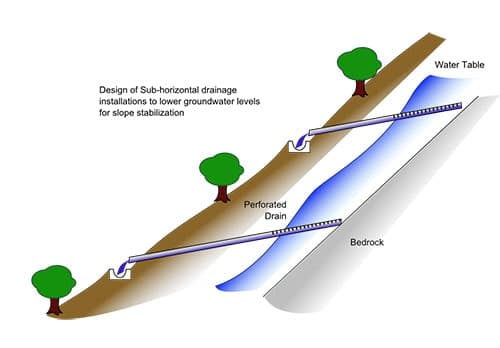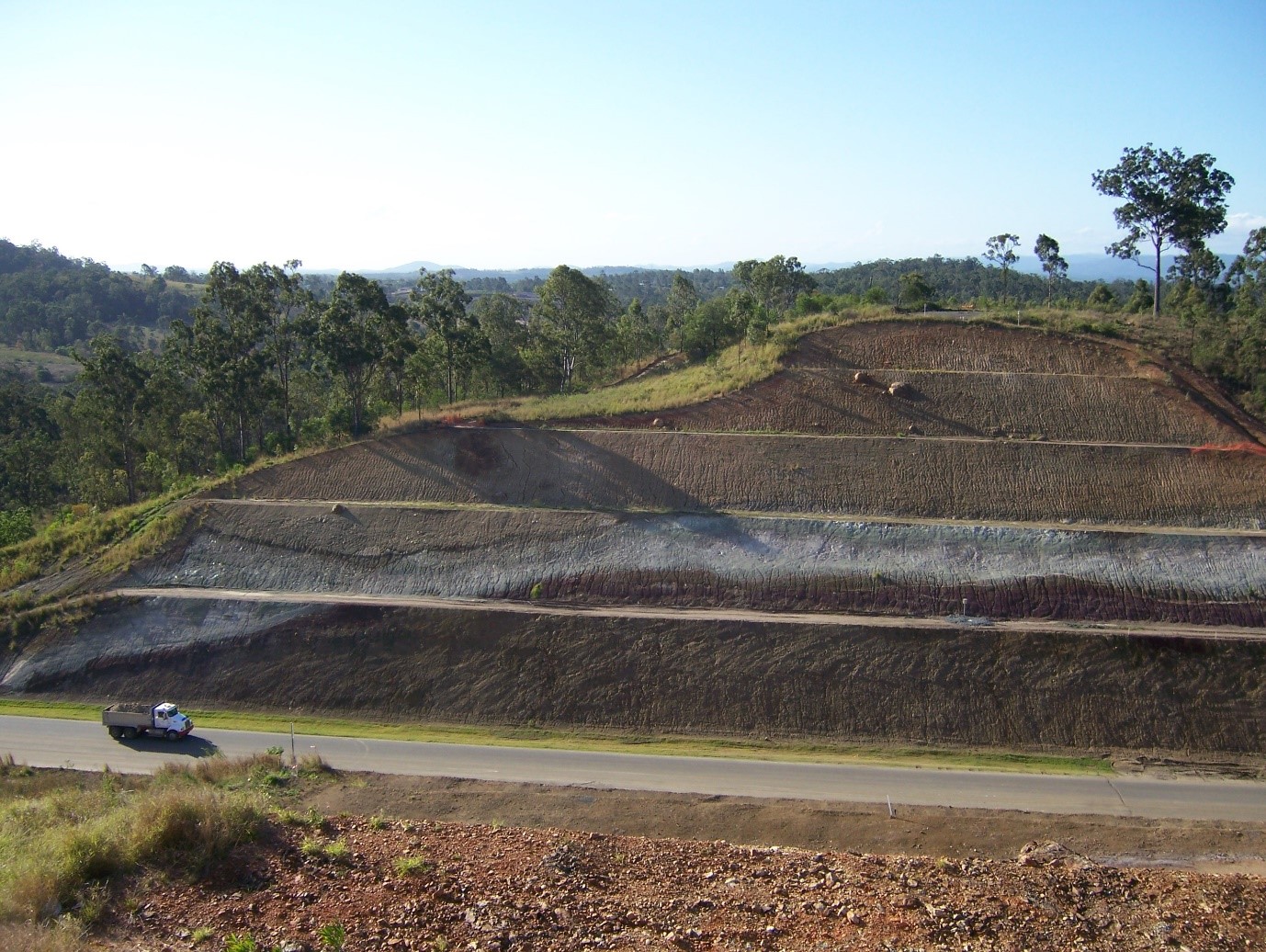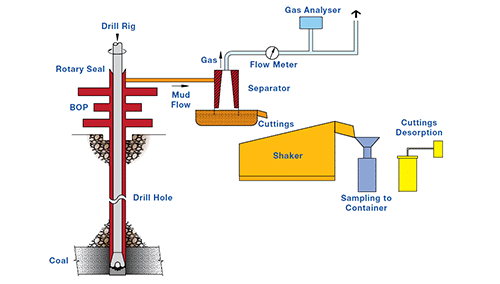This is a laboratory test that provides information on how coal changes dimensionally with adsorption/desorption of gas types. This information is required as a component of the process of determining the stress changes that a coal seam will undergo during drainage. It provides part of the information required to determine the stress path which is in turn a key to determining how coal permeability may vary.
The process of the test involves examining the core from a coal seam following desorption. Samples are then selected which represent the various plies within the coal seam. Frequently intact coal core is not available and fragments must be chosen. These are then strain gauged using two rosettes placed on the cleat faces and placed in a pressure vessel which is then evacuated. Gas is introduced into this pressure vessel and held at a number of pressure steps up to reservoir pressure. A single gas type is normally used but if the gas composition is a mixture of more than 7% of any particular gas, then these gas types should be used individually and the results subsequently combined. In between each step the core is allowed to reach near dimensional equilibrium. When the maximum pressure is reached the core is allowed to desorb slowly in a fewer number of pressure steps to obtain confirmation of the coal’s dimensional state.
The process is slow and a single gas adsorption/desorption cycle may take two to twelve months to complete.
